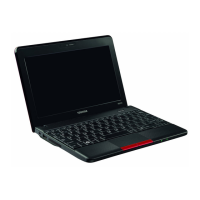
Do you have a question about the Toshiba NB515-SP0201KL and is the answer not in the manual?
| Processor | Intel Atom N2800 |
|---|---|
| RAM | 1 GB |
| Storage | 320 GB HDD |
| Display Size | 10.1 inches |
| Resolution | 1024 x 600 |
| Operating System | Windows 7 Starter |
| Graphics | Intel GMA 3650 |
| RAM Type | DDR3 |
Advice on backing up data to prevent loss and Toshiba's non-liability for data loss.
Explains FCC compliance for Class B digital devices and potential radio interference.
States compliance with Canadian standard ICES-003 for Class B digital apparatus.
Details FCC requirements for internal modems, including labeling and connection standards.
Explains potential changes by the phone company affecting service or equipment.
Outlines steps for contacting Toshiba or the phone company for troubleshooting.
Information on modem disconnection and alarm equipment considerations.
Explains Industry Canada certification requirements for terminal equipment.
Details Toshiba's wireless LAN products' compatibility with IEEE 802.11 standards and Wi-Fi certification.
States compliance with safety and radio frequency standards.
Compliance statement for Industry Canada (IC) certification.
VCCI information for Class B devices, relevant for Japan.
Warnings and compliance statements related to the computer's modem.
Regulatory information for Taiwan.
Instruction to place a specific label on devices.
Describes indications on equipment related to frequency and bandwidth.
Details Japanese approval for radio equipment, including technical regulations.
Lists restrictions for 2.4 GHz frequency use in European countries.
Compliance with R&TTE Directive and CE marking.
Compliance with Industry Canada RSS 210 standard.
Regulatory information for Taiwan.
Manual copyright ownership and reproduction restrictions.
US Export Administration Regulations for technical data.
Product specifications subject to change without notice.
Licensing for AVC, VC-1, and MPEG-4 Part 2 Visual video patents.
Environmental considerations for disposal, mentioning mercury and regulated disposal.
Explains manual purpose, content, and usage.
Explains safety icons and their severity levels.
Notes that not all features may be present in every model.
Lists included documentation and optional service programs.
Advice on computer placement for comfort and ventilation.
General precautions to reduce risk of injury or damage.
Instructions for initial computer setup.
Instructions on charging the main battery and indicators.
Advice for efficient and safe computer usage, including saving work.
Explains keyboard layout and functions.
Highlights energy-saving features and recommended settings.
Information on the removable Li-ion battery and its usage.
Introduces the Windows desktop, icons, Start button, and taskbar.
Connecting to the Internet, online services, and wireless LAN.
Covers audio features, webcam, and memory card readers.
Introduces various utilities for system configuration and maintenance.
How to use the Toshiba PC Diagnostic Tool for hardware issues.
Configuring system hardware settings, including boot sequence.
Troubleshooting unresponsive programs, OS errors, and internet connectivity.
Diagnosing issues with memory, power, display, storage, sound, printer, and networks.
Advice on computing practices like backups and seeking technical assistance.
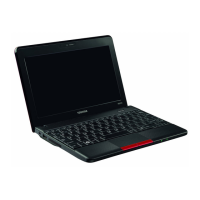
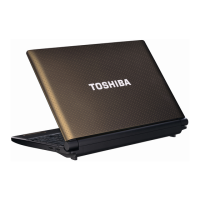
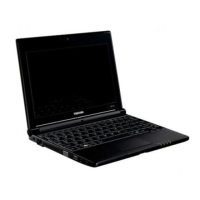
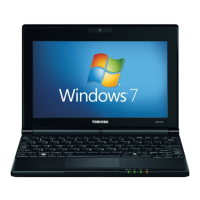
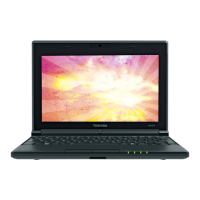

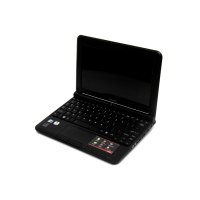
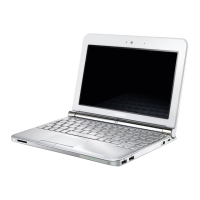
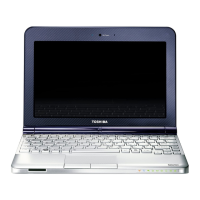

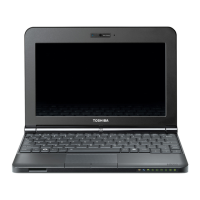
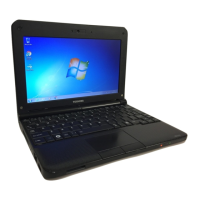
